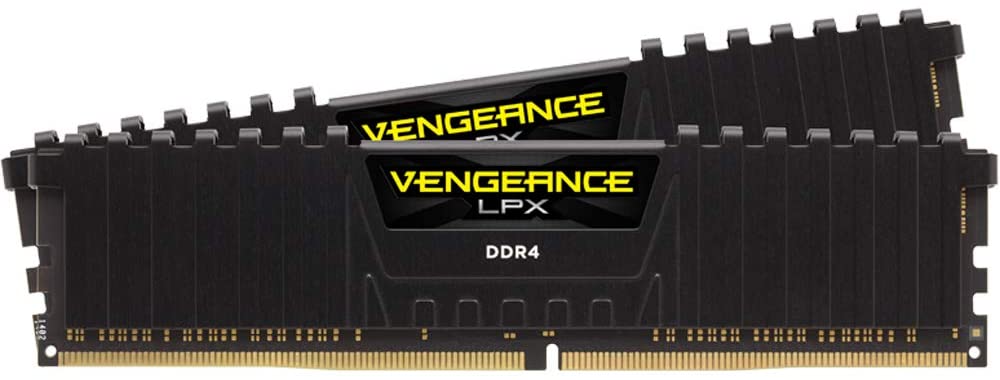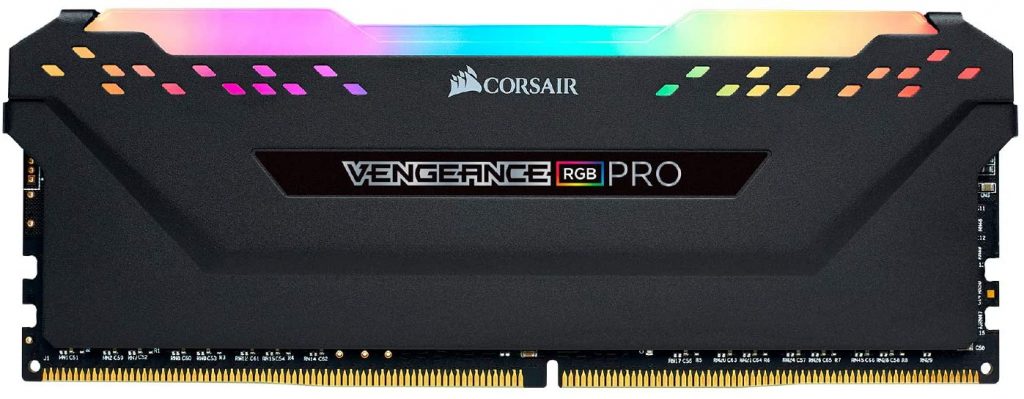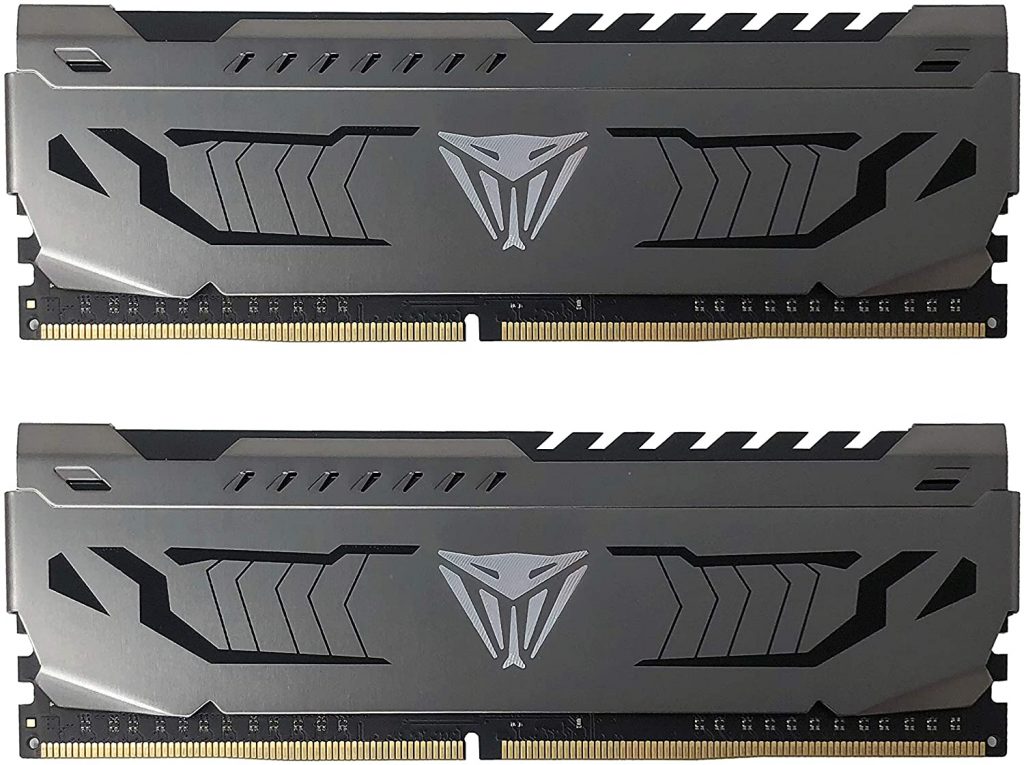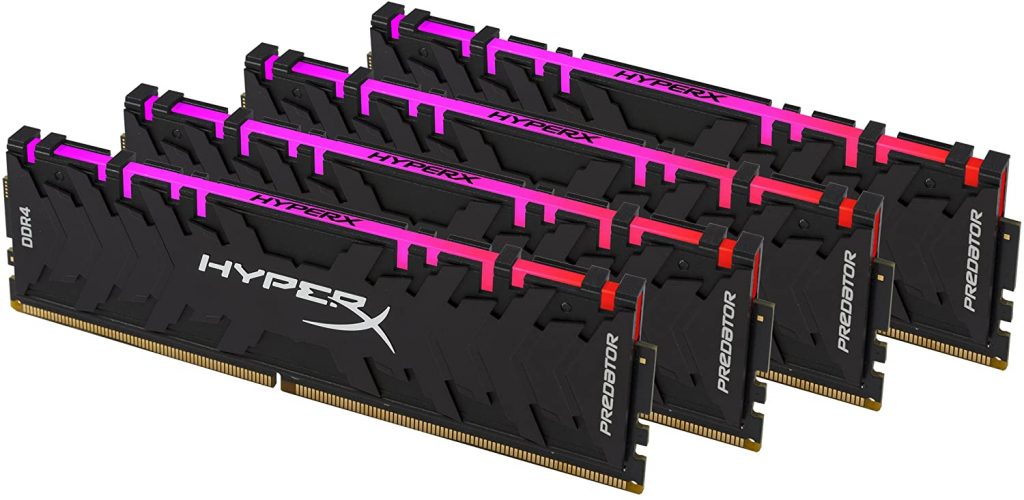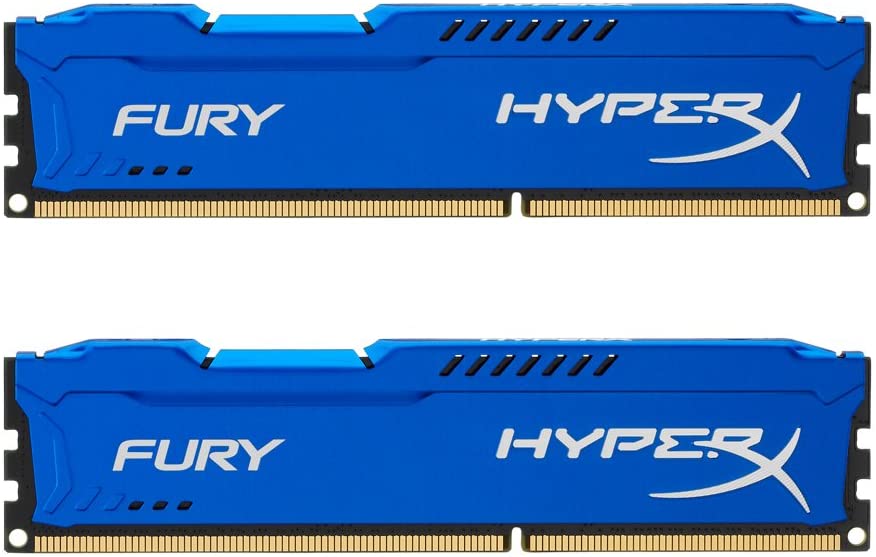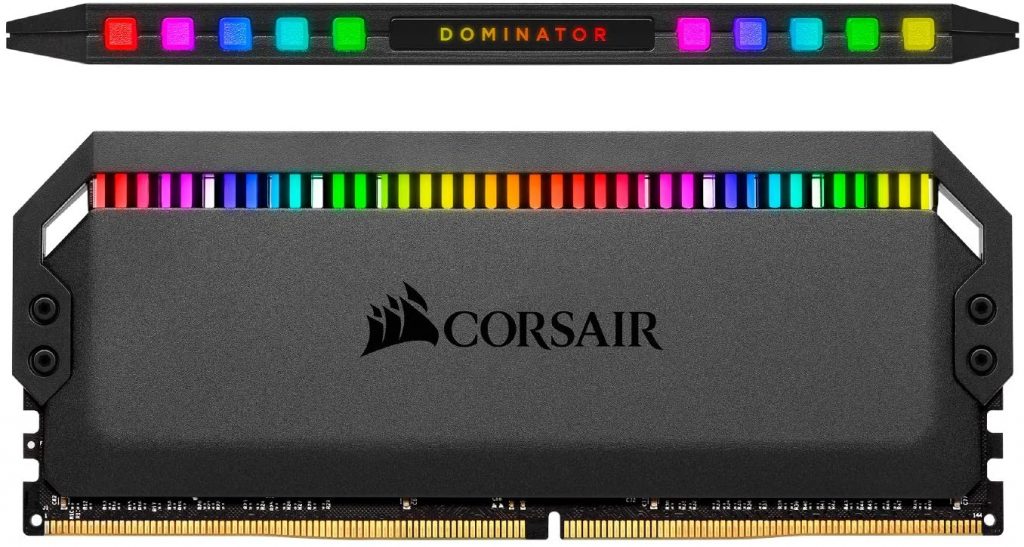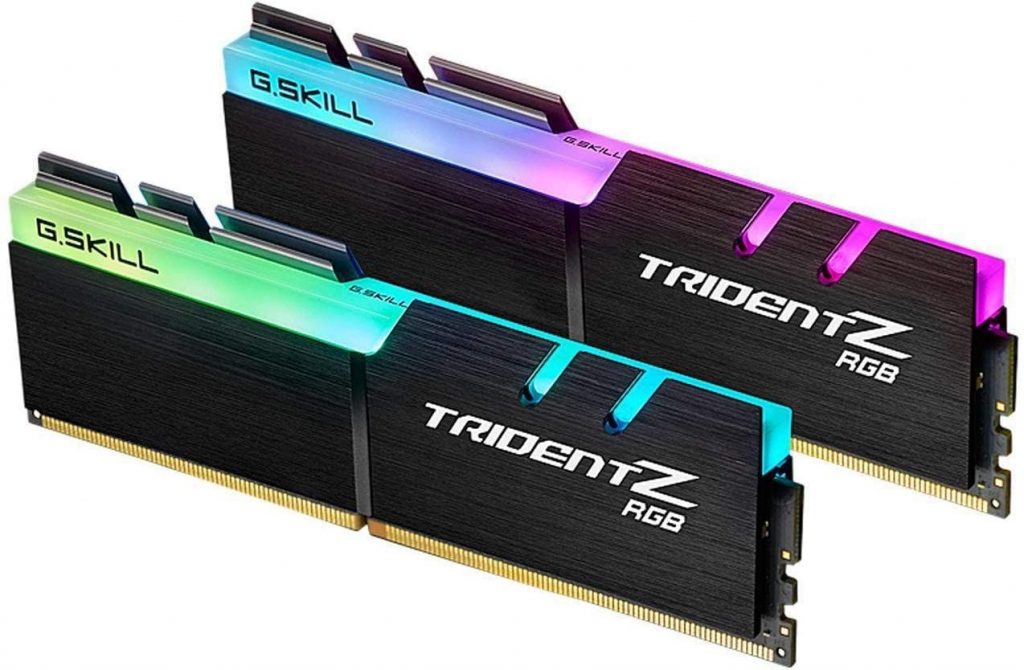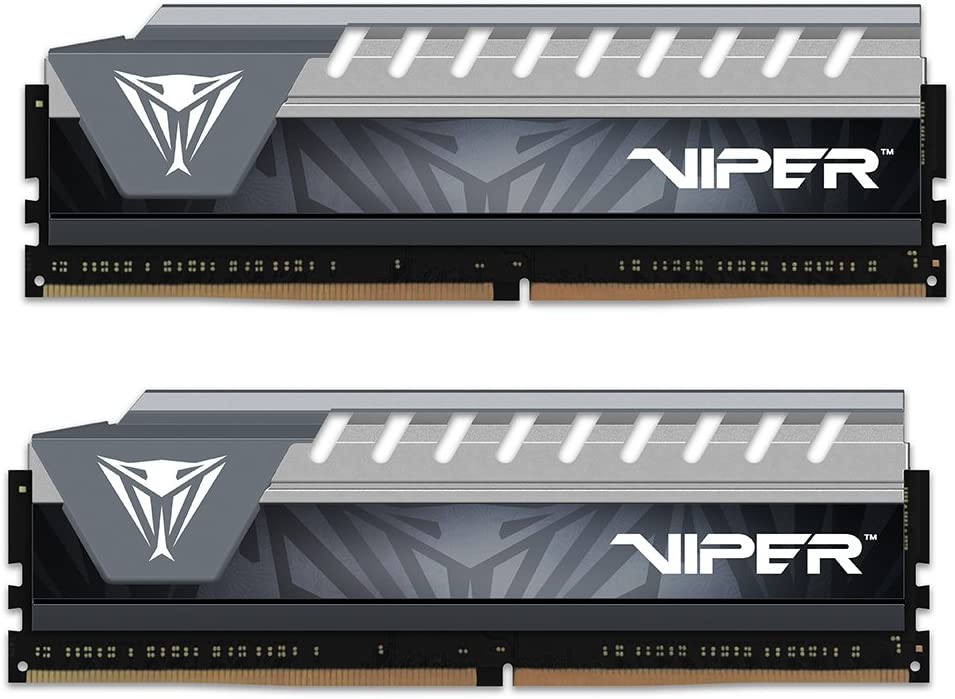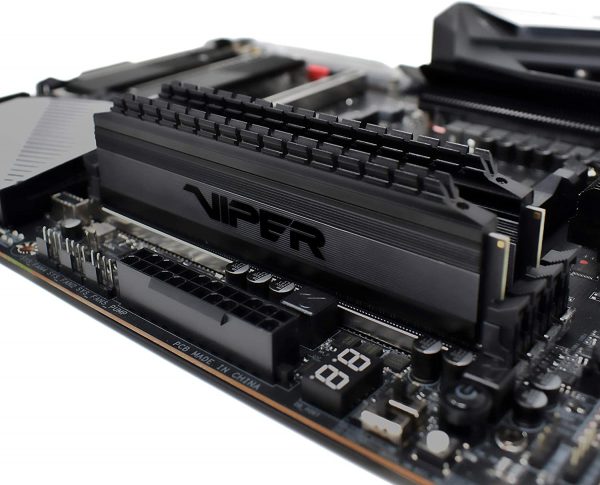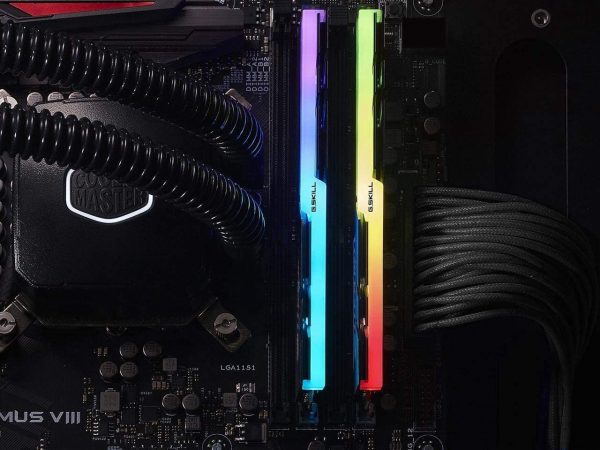Before that, let us discuss what RAM is and how can it affect your gaming experience.
What Is RAM and Its Purpose?
Well, what is the purpose of RAM? In a nutshell, it’s a component that stores all the data that you’ll use for a short amount of time. Obtaining the info that’s already inside the RAM is a quick and near-instant affair, which is when compared to slower hard drives that give the PC longer-term storage. Due to this, Random Access Memory (RAM as it’s called), is one of the parts of a very important device. It’s very important to desktops, laptops, gaming consoles, and even on your mobile devices. If any device that you have doesn’t have RAM, executing any task on any system in question, gaming, or otherwise, would be very slow. If your RAM isn’t enough for the app or game you’re trying to run, it can bring that app or game to a crawl of near unusability or stop them from running. Either or. But we’re talking about improving our gaming PC’s RAM. And that’s the topic we’re gonna delve into today. If you want a more in-depth look at what is RAM, we have an article that you might enjoy.
Significance of RAM to Gaming
About a decade ago, when the terms of gaming are simpler, the answer to this question is a straightforward affair. But now? Not even close. This is all due to the misinformation that’s prevalent when it comes to how much RAM you need to play the games on your backlog. (And I know you’ll have backlogs, even with this quarantine). RAM is generally more defined today with the advancements in hardware development and the correct information being disseminated to users.
10 Best RAM Sticks for Gaming Purposes
What to Consider When Buying RAM for Gaming
Price
An important thing to note is the price that you’re willing to pay for good RAM. After all, just because it ain’t as important as VRAM doesn’t mean you can ignore it. We’ll get into the specifics of that later. It has a similar overall performance to a Ryzen PC build, plus the Trident Z Neo also offers huge savings saved for a RAM stick of its performance. You can buy a 32 GB kit and pay less than $200. This means that you can upgrade your PC (if you already have the parts and the RAM stick fits) to as high as 64 GB of high-speed DDR4 memory if you want to. Admittedly that already exceeds how much you actually need for gaming and you’re just showing off at this point, but who cares? SPEED! Check out the G.Skill Trident Z Neo 32 GB and give your gaming rig a performance boost. Corsair thought that the best workaround for something like this is to just use low-density chips to fill in the 8 GB DIMMs. This resulted in the LPX having two ranks, which is more than its rivals with their measly one rank at the time. And due to it being a mere workaround, the LPX has a pretty significant discount compared to other RAM Sticks out there. Barring from DDR4-4000 RAM kits, the Corsair Vengeance RGB Pro DDR4-3200 is very fast. And even if an individual RAM Stick is only at 8 GB, in total, it has 16 GB due to it being in a kit of two. Also, the kit gives a good bang for your buck, as it’s pretty cheap compared to some alternatives. Check out the Corsair Vengeance RGB Pro today and mix performance with awe-inspiring RGB visuals. Also, since they’re keeping it simple, Patriot managed to add in a few perks along the way. One of the best ones is the enhanced timings that allow the RAM kit to boost performance for games. With all this power, though, you still can’t socket it into your typical motherboard, which can be a drawback. Lastly, the Hyper X Predator RGB DDR4-2933 is a wee bit on the pricier range when it comes to RAM sticks. But with your games running at a buttery smooth FPS even when on Ultra Settings, would it matter? It’s definitely a worthy investment. The sleek exterior, Corsair’s patented DHX cooling tech, and much-unparalleled performance made it a formidable RAM stick even after all the years have gone by, and Corsair’s Capellix LED technology was just the icing on an already delicious RAM cake. The OG Dominator Platinum was already a monster of a RAM stick, but this one? It added a whole lot more to the mix. It has similar performance with the original model, but the presence of higher-clocked SKUs and 12 individually addressable Capellix RGB LEDs make it awesome to look at. Overall, if you want great performance for your PC, then this RAM stick’s for you. Performance-wise? It’s an excellent RAM stick, especially for gaming PCs. The Trident Z line’s speeds range from 2,400 MHz and up to 4,600 MHz. This RAM stick’s overclock performance is on a par with not just other RAM sticks from G.Skill but also other competitors—making this RAM stick a worthy consideration for gaming PCs. If you want to take advantage of what the Viper Elite has to offer, overclocking the RAM stick allows you to do so. Overclocking pushes the Viper Elite’s performance to be on a par with more expensive RAM sticks. One of the things about DDR4 that makes it so great is that it operates at 1.2V in general. The slightest voltage increase that you can give to it can bring you more clock speed and performance while still being cool. In short, if you’re looking for both a budget RAM stick while still being great for gaming, then the Patriot Viper Elite is a must-have. There are budget RAM sticks out there that allow you to improve your gaming PC’s RAM. However, expect a lot of them to have issues. For one, budget RAM sticks sometimes only have around 4 to 8 GB of RAM each, which means you have to buy multiples of the same RAM stick to get to your desired RAM. It is counterproductive if you’re working on a budget and have to buy four $100 RAM Sticks to get to 16 GB. Also, you have to take into account the next part of the considerations. Compatibility.
Compatibility
Now, just because you paid top dollar for your RAM doesn’t mean you can even use it in the first place. And this is because of compatibility. In layman’s terms: not all PC motherboards are created equal. A PC’s motherboard is where you put all the essentials for a gaming PC. From your GPU to your hard drives, and what’s pertinent to our article, your RAM. See, companies that create motherboards have specific styles for them, and they also have what’s known as Form Factors, basically the size of the motherboard in question. One of the things that can change for each motherboard is the length of the place where you put in your RAM Stick, and this is where people can run into problems. You see, sometimes some only look at the performance of something and not if they even fit together in the first place. It’s kind of like a romance story where you only see a pretty face and not if they mesh with you, personality-wise. The same goes for your choosing your PC’s motherboard and its subsequent parts, including RAM. The whole thing is like solving a jigsaw puzzle, you have to make sure that the parts you’re holding fit together. And you can’t take another puzzle’s parts to do the puzzle you’re currently solving. Make sure that you do your research before buying your RAM, or any part of your PC in general. It’ll save you a lot of money and time if you do.
How Much RAM Is Needed to Play Games?
We’ve already covered this in the RAM article, but it bears repeating. A PC’s RAM isn’t that crucial when it comes to games. That’s where vRAM comes in. However, RAM does help in gaming loading times, reactions, and a few more things that’ll take some time to explain. Continue reading below to see how much RAM you’ll need for your device.
2 GB
If you’re making a gaming PC, do not get this—unless you only want your PC to play Minecraft, and even then that’s a big IF! Also, don’t expect that same PC to play games like Jedi: Fallen Order. Because that’s crazy talk.
4 GB
This is usually found on budget desktops and laptops. This may be sufficient for simple tasks and older titles but not for big games that demand a lot of RAM.
8 GB
This is the current standard for modern gaming and multi-tasking today.
16 GB
At 16GB, your RAM can handle more tasks from the latest video games and image or video editing software. If you’re at this level of RAM for your PC, you’re set for the next decade gaming-wise. If you’re only using your PC for gaming, don’t go beyond this point. As the costs of doing so massively outweigh the benefits.
32 GB and beyond
This is not necessary, but a bigger amount of RAM allows you to do more at the same time. If you want to know more, you can check our article that talks about how much RAM for gaming purposes do you need.
An Advice to People Looking for Gaming RAM sticks
If possible, going for the 16 GB RAM limit is the key if you want to play games while still having good graphics and decent frame rates. This amount of RAM ensures that you can play your games well, as well as future-proofing your PC. If your wallet has a few gaps in it, then 8 GB is a good choice. It allows you to cut corners for your budget, while still allowing you to play some of the best games that have been released in the past decade. Unfortunately, 8 GB RAM doesn’t have the same promise of future-proofing that 16 GB RAM does as games are expected to take a lot more RAM in the future. So be prepared to make some improvements on your PC rig if you’re still looking to continue gaming. If you want a guide on how to build a gaming PC, we have an article that you might want to check out.
Dual/Triple/Quad Channel Memory
Dual/Triple/Quad Channel Memory has been available for years now. But some people still don’t know how to take advantage of it, which is honestly a sad state of affairs since it helps your PC’s speed. But first, a little bit of context. In a surprising move, your PC’s RAM hampers and prevents your PC from achieving its max potential. As for why this is possible? It’s because the processor is usually faster than the RAM, which, in turn, means that your RAM needs to play catch-up with the processor, in that time, your processor would be idle, or in other words—exactly doing nothing, but it might as well be. Your PC isn’t as fast as you thought it is due to your RAM playing catch-up. This is where Dual/Triple/Quad Channel Memory comes into play. The specifics of all this would probably be in a different article, but in a gist, some motherboards in the market expand how fast your PC is transferring data from your RAM to your processor. These motherboards have what’s called Dual/Triple/Quad Channel Architectures. In layman’s terms, your typical motherboards allow data to be transferred from RAM to processor at around 64 bits at a time. Dual-Channel Architectures give you double that, at around 128, and so on. However, don’t expect to have the Triple and Quad Channel Architecture Motherboards any time soon. That stuff’s still pretty expensive, so you might want to just go for the Dual Channel Architecture first. Just remember to pick RAM sticks that fit into the sockets. If you want to learn more about dual-channel memory, we have an article just for you.


